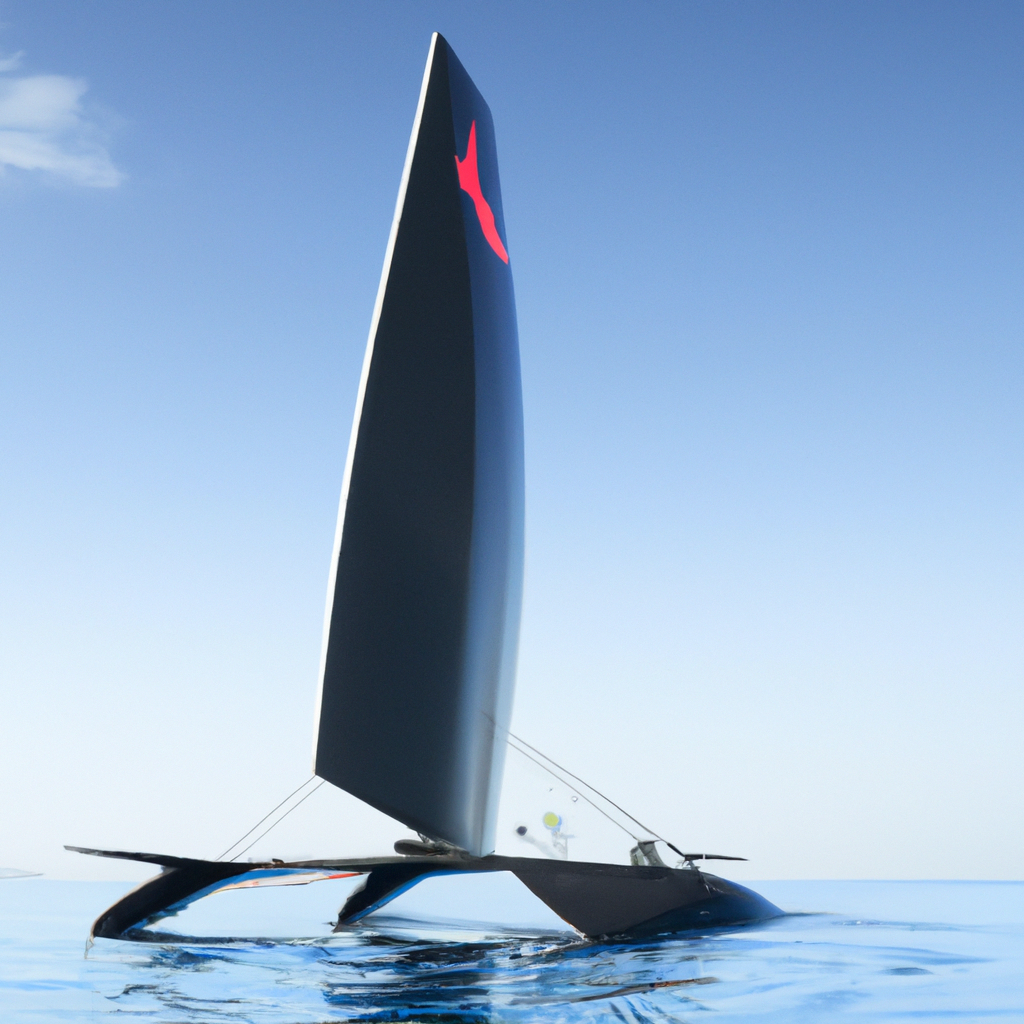
The Potential of Hemp Hydrofoils
The world is constantly looking for new and innovative ways to travel, and nothing has been more revolutionary than the introduction of hydrofoils. Hydrofoils are boats that utilize wings beneath the water’s surface to lift the vessel up, reducing drag and increasing speed. But what if we told you that the future of hydrofoils lies in hemp?
Hemp hydrofoils could be the transport of the future, thanks to the many benefits hemp provides. This sustainable plant could revolutionize the hydrofoil industry with its many advantages, from its strength to its eco-friendliness.
In this article, we will explore the potential of hemp hydrofoils, the technology behind hydrofoils, the advantages of using hemp, how to design and construct a hemp hydrofoil, its performance, eco-friendly benefits, real-world applications, challenges faced, the future of hemp hydrofoils, regulations and policies surrounding it, a comparison with other transport options, and its prospects in the future.
What are Hydrofoils? Understanding the Technology
Hydrofoils are boats that use wings submerged beneath the water’s surface to lift the boat up and reduce drag, allowing them to reach higher speeds. The wings or foils provide lift as the boat increases in speed, and the boat rises above the water’s surface, resulting in less drag and more speed. While hydrofoils have been around for over a century, they have only recently become popular due to advances in technology and design.
The Advantages of Hemp: Why It’s a Gamechanger
Hemp is a valuable resource that can be used in many different ways, from clothing to construction materials. When it comes to hydrofoils, hemp provides many advantages. Firstly, hemp is an incredibly strong material, making it ideal for building a lightweight hydrofoil that can withstand high speeds and rough waters. Secondly, hemp is an eco-friendly material that can be grown sustainably, making it an attractive option for those looking to reduce their carbon footprint.
Design & Construction: Building a Hemp Hydrofoil
The design and construction of a hemp hydrofoil are similar to that of a traditional hydrofoil. The main difference is the use of hemp as a material. The construction process involves creating a hull made of hemp fibers and resin, which is then infused with a foam core. The foils are constructed from carbon fiber and epoxy resin, which increases their strength and durability.
Performance Matters: Speed, Efficiency & Stability
The performance of a hemp hydrofoil is dependent on several factors, including speed, efficiency, and stability. Hemp hydrofoils have the potential to reach high speeds due to their lightweight construction and low drag. Additionally, the use of hemp as a material can increase efficiency due to its low weight and high strength. Finally, stability is critical for hydrofoils, and hemp can provide excellent stability due to its strength and durability.
Eco-friendly Benefits: Sustainable Transport Options
One of the most significant advantages of hemp hydrofoils is their eco-friendliness. Hemp is a renewable resource that can be grown sustainably, making it an attractive option for those looking to reduce their carbon footprint. Additionally, the use of hemp as a material can reduce the amount of waste produced during construction, as hemp is biodegradable.
Hemp Hydrofoils in Action: Real-world Applications
Hemp hydrofoils have the potential to be used in a variety of applications, from recreational watercraft to commercial transport. The lightweight and efficient design of hemp hydrofoils make them ideal for transporting goods and people across bodies of water. Furthermore, their eco-friendliness makes them attractive to those looking to reduce their environmental impact.
Challenges Faced by Hemp Hydrofoils & Solutions
One of the biggest challenges facing hemp hydrofoils is the availability of hemp as a material. While hemp is a renewable resource, it is not yet widely available for use in hydrofoils. Another challenge is the lack of knowledge and expertise in constructing hemp hydrofoils. However, with increased research and development, these challenges can be overcome.
The Future of Hemp Hydrofoils: Opportunities & Trends
The future of hemp hydrofoils is bright, with many opportunities for growth and development. The use of hemp as a material in hydrofoils is still in its infancy, and there is much room for improvement and innovation. The trend towards eco-friendly and sustainable transport options bodes well for the hemp hydrofoil industry.
Regulations & Policies: Legal Framework for Hemp Hydrofoils
The legal framework for hemp hydrofoils varies depending on the country and region. In some areas, hemp is a highly regulated crop, while in others, it is more freely available. Regulations surrounding the use of hemp in hydrofoils will need to be established to ensure their safety and sustainability.
Hemp Hydrofoils vs. Other Transport Options: A Comparison
Hemp hydrofoils offer several advantages over other transport options, such as boats and planes. Hemp hydrofoils are eco-friendly, lightweight, and efficient, making them an attractive option for those looking to reduce their carbon footprint. Additionally, they can reach high speeds and offer excellent stability, making them ideal for transporting goods and people across bodies of water.
The Prospects of Hemp Hydrofoils in the Future
Hemp hydrofoils offer a revolutionary new way to transport goods and people across bodies of water. Their lightweight, efficient, and eco-friendly design makes them an attractive option for those looking to reduce their carbon footprint. While challenges remain, such as the availability of hemp as a material, the future of hemp hydrofoils is bright. As the demand for sustainable transport options grows, the hemp hydrofoil industry is poised to take off, offering a bright future for those involved in its development and construction.








